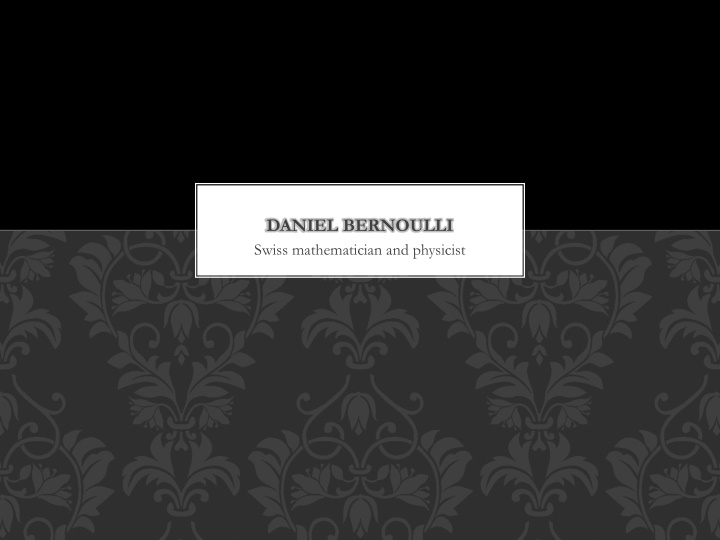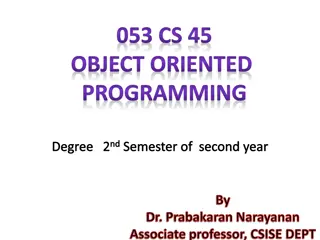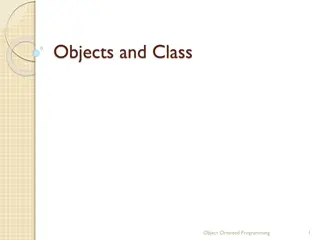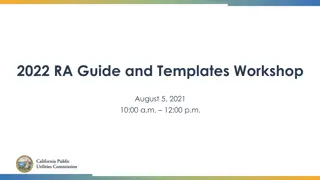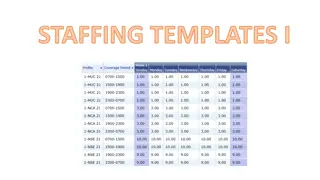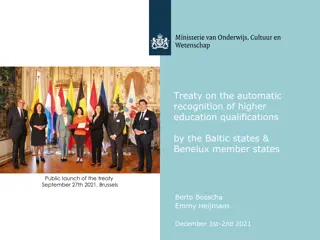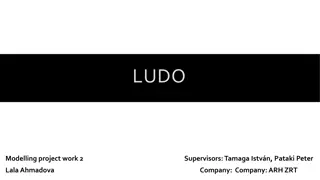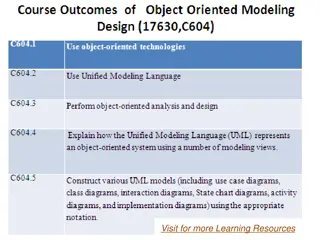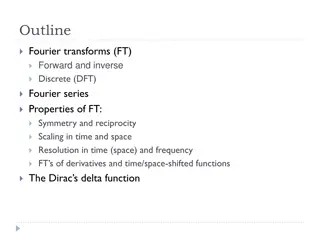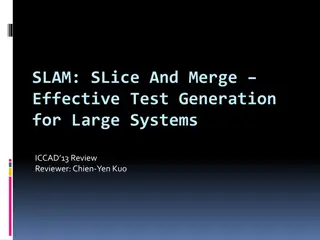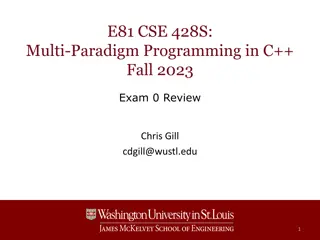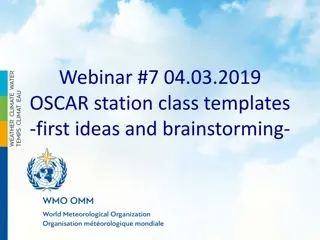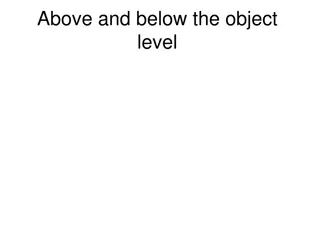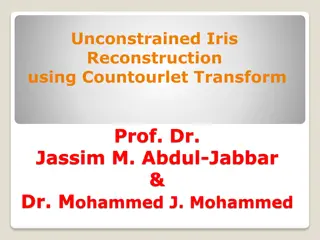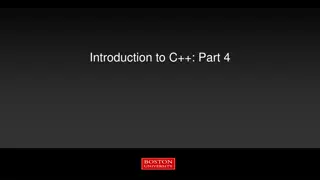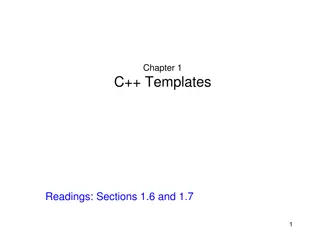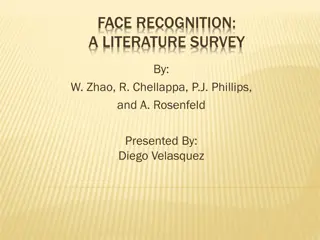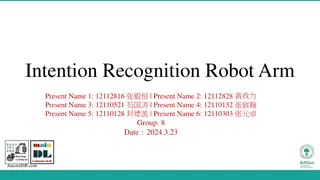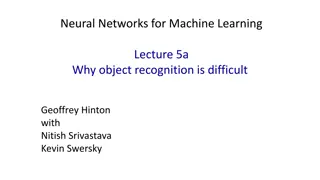Hough Transforms and Templates for Object Recognition
Dive into the world of Hough transforms, templates, and HOG features for image recognition. Discover how to detect shapes in real, noisy images through voting procedures and parameter spaces. Learn about line detection, circle detection, and extending to other shapes in theory. Explore the representation of lines using parameters and the voting procedure for identifying shapes based on edge points in images.
Uploaded on Mar 03, 2025 | 0 Views
Download Presentation

Please find below an Image/Link to download the presentation.
The content on the website is provided AS IS for your information and personal use only. It may not be sold, licensed, or shared on other websites without obtaining consent from the author.If you encounter any issues during the download, it is possible that the publisher has removed the file from their server.
You are allowed to download the files provided on this website for personal or commercial use, subject to the condition that they are used lawfully. All files are the property of their respective owners.
The content on the website is provided AS IS for your information and personal use only. It may not be sold, licensed, or shared on other websites without obtaining consent from the author.
E N D
Presentation Transcript
DANIEL BERNOULLI Swiss mathematician and physicist
DATA : Born : February 8, 1700, Groningen Netherland Died : March 17, 1782, Basel Switzerland Education : Universality of Basel Parents : Dorathea Falkner, Johann Bernoulli Siblings : Nicolaus II Bernoulli Uncles : Jacob Bernoulli
FACTS : Daniel Bernoulli was a Swiss Mathematicians and physicist and was one of the many prominent mathematicians in the Bernoulli family.
Around schooling age, his father, Johann, encouraged him to study business, there being poor rewards awaiting a mathematician. Daniel refused, because he wanted to study mathematics. He later gave in to his father's wish and studied business. His father then asked him to study in medicines, and Daniel agreed under the condition that his father would teach him mathematics privately, which they continued for some times. His earliest mathematical work was the Exercitations (Mathematical Exercises), published in 1724 with the help of Goldbach. Two years later he pointed out for the first time the frequent desirability of resolving a compound motion into motions of translation and motion of rotation. In Hydrodynamic (1738) he laid the basis for the kinetic theory of gases, and applied the idea to explain Boyle's law]
